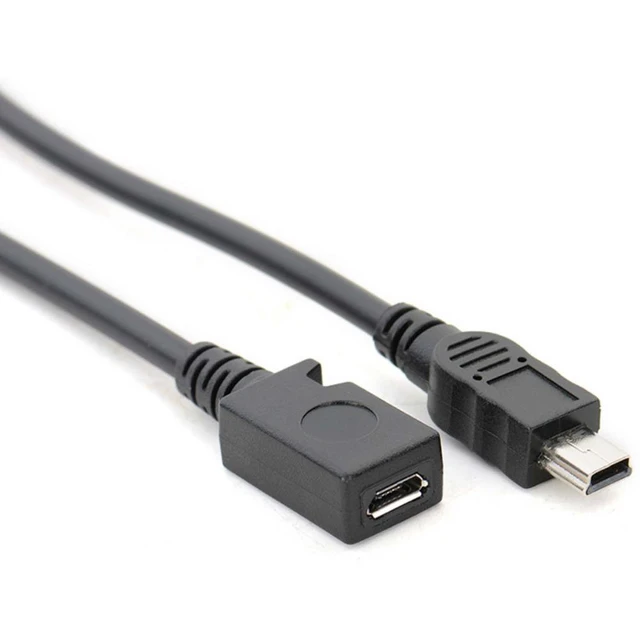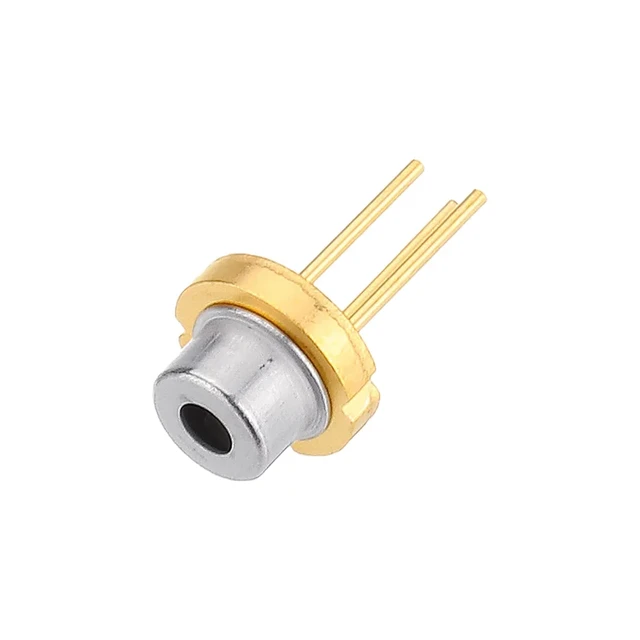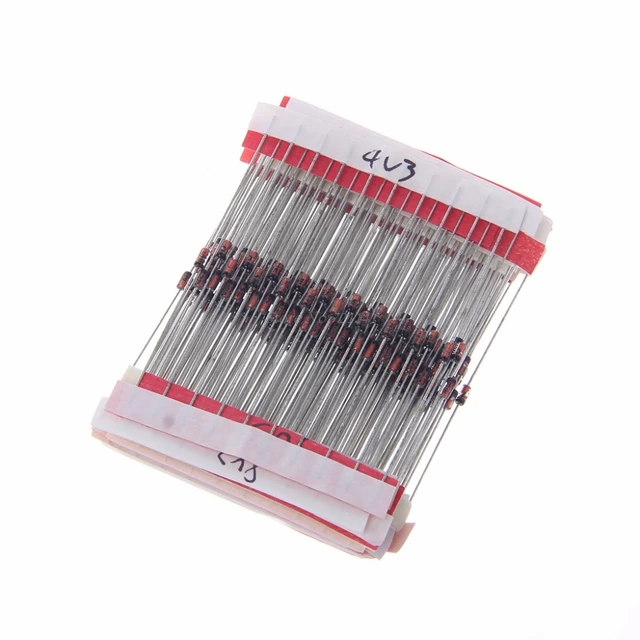 Introduction:
Introduction:
USB B is a type of USB connector that offers versatility for connecting various devices to computers, laptops, and other USB hosts. While it may not be as common as other USB connectors, It has its own unique features and functions. In this comprehensive guide, we will explore the characteristics, uses, and advantages of it connectors. By understanding its capabilities, you can make informed decisions when it comes to selecting the appropriate connector for your device.
 Introduction to Connectors
Introduction to Connectors
It connectors are a type of USB connector that facilitate data transfer and power supply between devices.
A. Lesser-Known Connector: While not as widely used as other USB connectors, it offers specific benefits and uses.
B. Various Sizes and Designs: It connectors come in different sizes and designs to accommodate different devices and connectivity requirements.
Materials used for USB-B connectors:
USB Type-B connectors, commonly known as USB-B, are typically made from plastic or metal. The choice of material depends on the specific application and requirements. Here are some details regarding the materials used for USB-B connectors:
Plastic:
Many USB-B connectors are made from plastic due to its lightweight nature, durability, and cost-effectiveness. Plastic connectors are often made from materials like ABS (Acrylonitrile Butadiene Styrene) or polycarbonate. These materials provide good strength and resistance to impact, making them suitable for various consumer electronics and peripheral devices.
Metal:
Some USB-B connectors feature metal components, usually for added durability or shielding purposes. Metal connectors enhance the overall sturdiness and can provide better protection against electromagnetic interference (EMI). Common metals used in USB-B connectors include aluminum or stainless steel. Metal connectors are commonly seen in industrial equipment, professional audio devices, or ruggedized applications.
The choice between plastic or metal USB-B connectors depends on factors such as the device’s intended use, durability requirements, and environmental conditions. Plastic connectors are often sufficient for standard consumer electronics, while metal connectors may be preferred for more demanding applications. Additionally, metal connectors tend to offer improved durability and EMI protection compared to plastic connectors.
Uses and Applications of Connectors
It connectors are used for specific purposes that require their unique features and functions.
A. Connecting Peripherals: it connectors are commonly used to connect printers, scanners, external hard drives, and other peripherals to computers or laptops.
B. Mobile Device Connectivity: it connectors, particularly the Mini and Micro variants, are utilized to connect mobile phones, tablets, and other portable devices to computers or chargers.
Advantages of Connectors
Connectors offer advantages that cater to specific device connectivity needs.
A. Durability and Stability: it connectors are designed to withstand frequent plugging and unplugging, ensuring a stable and secure connection.
B. Enhanced Power Transmission: It connectors, especially the larger variants, provide higher power transmission capabilities, making them suitable for devices requiring more power.
C. Compatibility: It connectors are backward-compatible with older USB versions, allowing them to work with a wide range of devices.
Considerations for Connectors
When using it connectors, certain factors should be taken into account to ensure optimal performance.
A. Device Compatibility: Confirm that your device supports it connectivity and check for specific connector requirements.
B. Cable Quality: Choose high-quality cables with proper shielding and solid connections to maintain signal integrity and guarantee reliable data transfer.
C. Speed and Performance: Note that it connectors may have limitations in terms of data transfer speed compared to newer USB versions.
 Maintenance and Care
Maintenance and Care
Proper care and maintenance of it connectors ensure their longevity and functionality.
A. Preventing Damage: Avoid forcing connectors into ports, remove them gently, and keep connectors clean from dust or debris.
B. Regular Inspection: Regularly inspect it connectors for signs of damage, such as bent pins or frayed cables, and replace them if necessary.
 Popularity:
Popularity:
USB Type-B, commonly known as USB-B, is a connector that has been widely used in various devices for data transfer and charging. However, the trend in recent years has been a shift away from USB-B towards other connector types due to advancements in technology. Here are some observations regarding the popularity of USB-B:
Decline in Usage:
With the introduction of newer USB connector types, such as USB Type-C, the popularity of USB-B has decreased. USB Type-C offers improved features like faster data transfer speeds, higher power delivery capabilities, and a reversible design, making it more versatile and convenient than USB-B.
Compatibility Concerns:
USB-B connectors are not compatible with USB Type-C ports without the use of adapters or special cables. This limitation has led to a decrease in the demand for USB-B connectors as more devices adopt the newer USB Type-C standard.
Legacy Devices:
USB-B is still commonly used in certain legacy devices, such as printers, scanners, and older external hard drives. These devices have not yet transitioned to newer USB standards due to compatibility and cost considerations.
Niche Applications:
USB-B may still find some niche applications where compatibility with older devices or specific equipment is necessary. However, as more devices and peripherals adopt USB Type-C, the need for USB-B connectors is expected to continue declining.
It’s important to note that the USB industry is continuously evolving, and new connector types may emerge in the future. Understanding the specific requirements and compatibility of devices is crucial when considering the need for USB-B connectors.
Some steps you can follow:
To maintain USB-B connectors and ensure their optimal performance, here are some steps you can follow:
Keep Connectors Clean:
Regularly inspect and clean USB-B connectors to remove any dirt, dust, or debris that may accumulate. Use a soft, lint-free cloth or a mild cleaning solution to gently wipe the connector. Avoid using abrasive materials that could damage the contacts.
Prevent Damage:
Avoid rough and forceful insertion or removal of USB cables from USB-B ports. This helps prevent bending or damaging the connector’s pins or contacts. Hold the connector firmly, align it properly, and insert or remove it smoothly.
Protect from Moisture and Liquid Contact:
USB-B connectors and ports should be kept away from moisture and liquid exposure as much as possible. Moisture can lead to corrosion or short-circuits, impacting the functionality of the connector. If there is accidental liquid contact, dry the connector thoroughly before using it.
Proper Storage:
Store USB cables with USB-B connectors in a safe and organized manner. Avoid excessive bending or twisting of the cables, as this can cause stress on the connector. Use cable management solutions to prevent tangling or damage.
Avoid Overloading:
USB-B connectors have a maximum power rating and should not be overloaded with devices drawing excessive power. Be mindful of the power requirements of the connected devices to prevent potential damage to the port or the connector.
Periodic Inspection:
Regularly inspect the USB-B connectors and cables for any signs of wear, damage, or loose connections. If you notice any issues, consider replacing the cable or seeking professional assistance to ensure proper functionality.
Following these maintenance practices will help prolong the lifespan and reliability of USB-B connectors, ensuring smooth data transfer and charging capabilities.
 Conclusion
Conclusion
While not as commonly used as other USB connectors, it offers its own distinct advantages and applications. From connecting peripherals to facilitating mobile device connectivity, It connectors provide stability, durability, and compatibility. By considering device compatibility, cable quality, and speed requirements, you can ensure smooth data transfer and power supply between devices. Proper maintenance and care of it connectors will help prolong their lifespan and ensure their reliability. Embrace the versatility and advantages of it connectors, and enjoy seamless connectivity for your devices in various settings.

